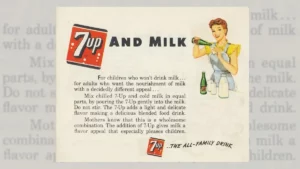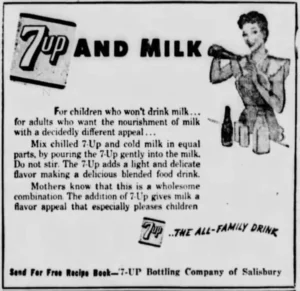Is This Photo of the Biggest Horse in History
Does This Photo Show the Biggest Horse in History?
In April 2023, a viral photo showed the biggest horse in history. The first post we found on social media platforms sharing the photo of the gigantic horse was a TikTok video posted on April 18, 2023. Originally in German, the video’s caption stated, “#biggest #horse #in the world #The biggest horse in the world was the Shire Horse gelding “Sampson”, who had a height of 2.19 cm and weighed 1524 kg.”
We also found claims about the picture on platforms like Twitter and Facebook. On Twitter, fact-checker Hoaxeye called it “the biggest fake I’ve seen today.”
There is no evidence that the horse in the picture was the biggest horse in the world, or that the biggest horse was ever photographed at all. The photo had clear signs of being fake. For example, AI technology often can’t handle creating hands. When we zoomed in on the photo, the hands in the photograph appeared to be blobs. In particular, the hands on the left side of the photo appeared to be merged together.
According to Guinness World Records, the tallest documented horse in the world was indeed named Sampson (later renamed Mammoth). The shire gelding was foaled in 1946 and bred by Thomas Cleaver of Bedfordshire, a county located in the U.K.
Some facts about the horse that were also listed on the website didn’t match the TikTok caption. While Sampson was indeed 1,524 kg (3,359 lb), he was 2.19 meters tall, not centimeters like the caption stated. (In feet, that is 7-feet-2.5 inches.) The webpage did not include a picture of what Sampson looked like.
Although there have been other large horses that have come close, Sampson still holds the record for being the tallest horse. Garden & Gun Magazine wrote in January 2022 that a horse named Big John that lived in Virginia had become the unofficial “King of Horsetok” as the largest living horse in the world, with the horse being 6-feet-8 inches.
Claim- In April 2023, a viral photo showed the biggest horse in history.
Are claims about the “biggest horse in the world” that spread across social media platforms in April 2023 true? The answer appears to be neigh.
While a photo has previously spread online of a white horse that supposedly shows Sampson, it was miscaptioned. The photo actually showed another horse, Brooklyn Supreme. We found the photo in Grinnell College’s archives, which said the horse was owned by C.G. Good & Son. from Ogden, Iowa. The photo was dated 1950 in the college’s archives. The caption stated Brooklyn Supreme weighed 3,200 pounds in 1950, and that it took 30 inches of iron to make one of his shoes.
In conclusion, because the image had clear signs of being fake, and because there is no evidence that any photo was ever taken of Sampson, the actual biggest known horse in history, we rate this claim “False.”



